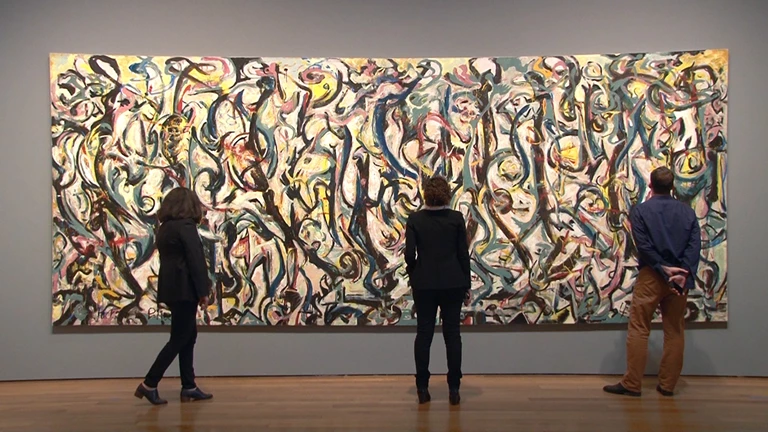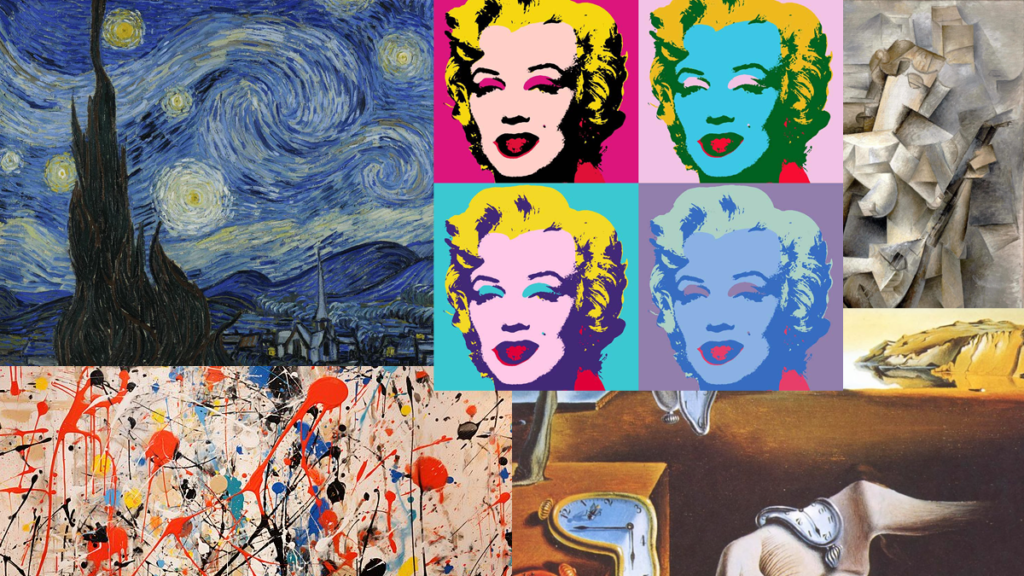Art has always been a reflection of society, culture, and technology. Over time, art styles and techniques have evolved, often influenced by the tools and ideas of the era. Today, we are witnessing an exciting trend: the fusion of traditional and modern art techniques. This blend creates unique and powerful artworks that appeal to a wide audience and open new possibilities for artists around the world.
What Is Traditional Art?
Traditional art refers to the classic methods and styles that have been used for centuries. These include painting with oils, watercolors, and acrylics, drawing with pencils and charcoal, sculpture with clay or stone, and printmaking techniques such as etching and woodcut. Traditional art is often valued for its craftsmanship and the artist’s direct interaction with materials.

Artists who work with traditional methods focus on mastering skills passed down through generations. These techniques involve a deep understanding of color mixing, brushwork, perspective, and texture. Famous painters like Leonardo da Vinci and Vincent van Gogh are prime examples of artists who used traditional techniques to create timeless masterpieces.
The Rise of Modern Art Techniques
Modern art techniques are those that use new tools, materials, and ideas, often driven by technology. This includes digital painting, photography, 3D printing, video art, and mixed media. Modern artists also experiment with abstract concepts, installation art, and performance art, breaking away from conventional rules.
Digital art, for example, allows artists to create using software like Adobe Photoshop or Procreate, enabling endless experimentation without wasting physical materials. This accessibility has opened art creation to a broader population, including those who may not have access to traditional art supplies.
For businesses and creatives interested in digital art, platforms like Adobe Creative Cloud provide essential tools for innovation and design.
Why Blend Traditional and Modern Art Techniques?
The fusion of traditional and modern art techniques offers the best of both worlds. Combining the rich history and skills of traditional art with the innovation and flexibility of modern methods leads to new creative expressions.
- Enhancing Creativity
Artists can explore new textures, colors, and forms by mixing media. For example, a painter might create a traditional oil painting and then add digital elements for enhanced effects. - Reaching New Audiences
Modern technology allows traditional art to reach global audiences through social media, digital galleries, and virtual exhibitions. The fusion makes art more relatable to younger generations who are digital natives. - Preserving Cultural Heritage
By incorporating traditional methods into modern projects, artists can preserve cultural stories and techniques while keeping them relevant in today’s fast-changing world.
Examples of Fusion in Art Today
One famous example is the use of digital projection on traditional sculptures or paintings. This creates an interactive experience that engages viewers in a way that static art cannot. Artists like Refik Anadol combine data science with art to produce mesmerizing installations that bridge the gap between past and present.
Another example is mixed media art, where artists combine watercolor with digital prints or use 3D-printed objects alongside hand-painted backgrounds. These hybrid works often tell complex stories, combining the warmth of traditional materials with the crispness of modern design.
Art schools and online platforms such as Skillshare now offer courses that teach this blend of techniques, helping new artists master both worlds.
Benefits for Artists and Collectors
For artists, mastering both traditional and modern techniques opens up more opportunities for creative expression and income. They can sell physical artworks, digital prints, NFTs (non-fungible tokens), or even design for advertising and entertainment industries.

Collectors benefit too, as the value of hybrid art pieces often increases because they represent innovation and cultural depth. These works stand out in galleries and private collections alike.
How to Start Blending Traditional and Modern Techniques
If you are an artist or art enthusiast wanting to explore this fusion, here are some simple steps:
- Learn the Basics
Master traditional techniques such as sketching, painting, or sculpting. At the same time, gain basic skills in digital tools like graphic tablets and editing software. - Experiment
Try combining media—for instance, paint a traditional canvas and then scan it to add digital enhancements. - Use Online Resources
Websites like Coursera and Domestika offer courses on both traditional art and digital techniques. - Share Your Work
Social media platforms such as Instagram and Behance allow artists to showcase hybrid art and get feedback from a global community.
The Future of Art: A Beautiful Blend
The fusion of traditional and modern art techniques is not just a trend but a new art movement. It respects the roots of art while embracing the future. This blend encourages creativity, innovation, and cultural preservation.
Art lovers and collectors should watch this space closely because the artworks created through this fusion are often stunning, meaningful, and revolutionary.
Conclusion
In summary, the combination of traditional and modern art techniques is transforming how we create and experience art. This fusion allows artists to push boundaries and reach new heights, creating pieces that resonate with diverse audiences. Whether you are an artist, collector, or simply an art admirer, understanding this fusion helps appreciate the evolving world of art today.
For more insights on art innovation, visit The Art Story, a great resource on art history and contemporary trends.
Also Read – Why Diversity Representation in Hollywood and Global Cinema Matters Now






